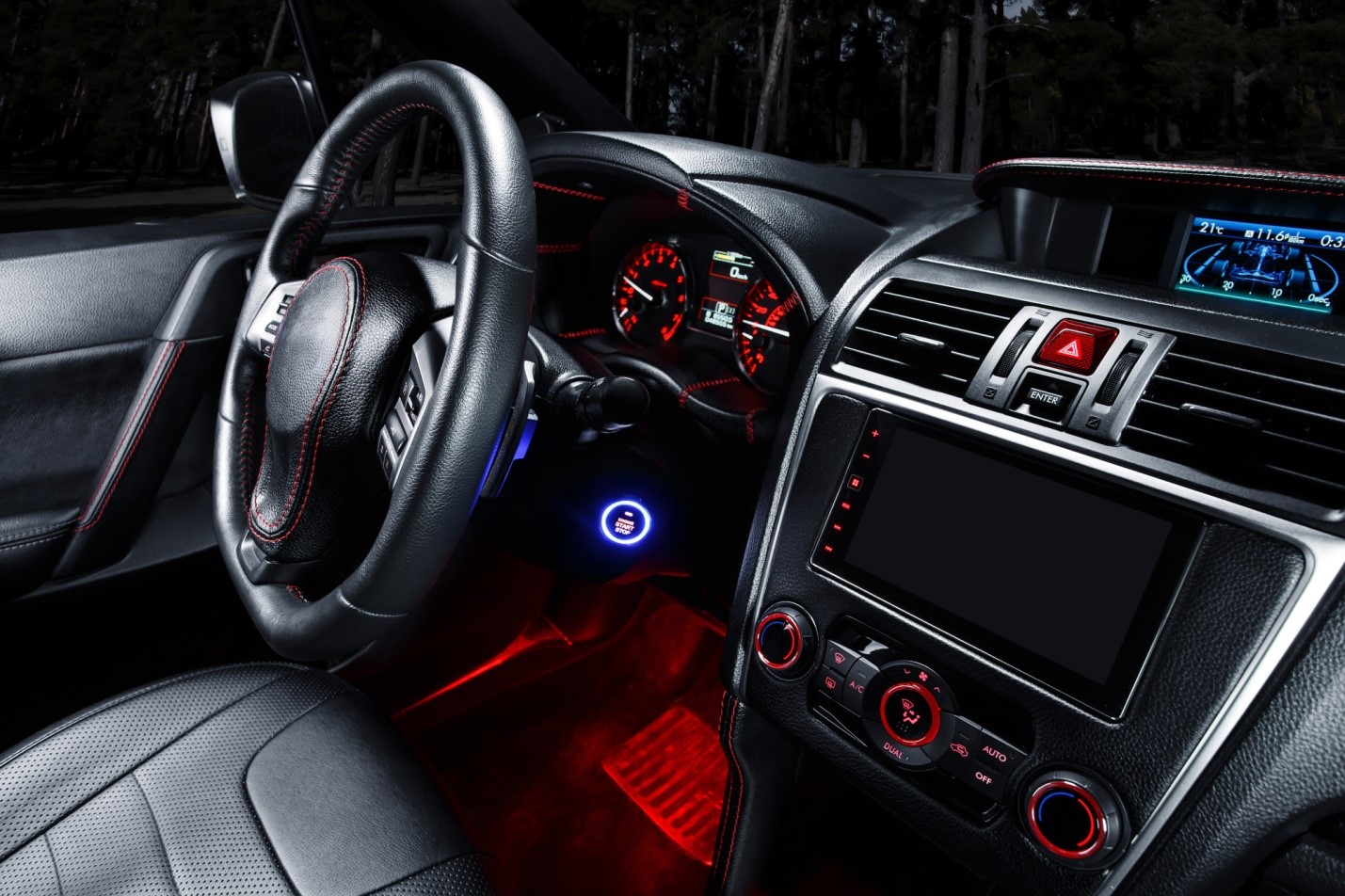The degree of concentration demanded by driving is greater than the demanded by almost any other routine activity. The driver must be able to deal capably and confidently with the changing traffic conditions and must be prepared at all times for unexpected dangers. In an emergency situation, the lives of the driver and the passengers may depend on the speed of the driver’s reactions.
To sustain this degree of concentration, the driver must be mentally alert and physically fit. The most common threat to a driver’s mental alertness is fatigue, especially on long journeys. To avoid fatigue, the following measures can be taken:
(1) The driver should be seated comfortably, be able to see everything around, and be able to reach all the controls without difficulty.
(2) The car should be well ventilated, with a continuous current of fresh air.
(3) If there is a radio or tape player in the car, the driver must take care that his or her alertness is not dulled by music that is too loud or too soothing.
(4) The driver should avoid eating heavy meals either before or during a journey. He or she should never drink alcohol before or while driving.
(5) On long journeys the driver should stop the car at least once every two hours in order to exercise the muscles by walking around or doing physical exercises.
The harmful effects of alcohol on a driver’s concentration and judgment are well known, but still need to be emphasized. The particular danger of alcohol is that it may increase the driver’s subjective feeling of self-confidence, while at the same time decreasing the actual powers of judgment. Drugs also may have similar effects, and a driver who has been prescribed drugs or who is taking any medicines regularly should consult the physician about the possible effects on his or her driving.
A less obvious factor that may affect a driver’s concentration is nervous tension and stress. One cause of tension may be worries about the car itself. These can be reduced by ensuring that the car is regularly serviced and in good condition and by repairing or replacing faulty parts as soon as the fault becomes apparent. A driver can also suffer from nervous tension if he or she is unnecessarily distracted by other passengers in the car. Children especially become bored and restless on long journeys, and another adult in the car can help the driver by keeping them amused with games of observation. Such games are preferable to reading, which not only is difficult to do in a car, but also may induce sickness.
It is impossible to eliminate all stress from driving, but careful planning before every journey to allow enough time for different road conditions does produce a more relaxed, and, therefore, a more alert driver. If at any time during a journey you feel yourself becoming tense, draw to the side of the road, leave the car, and walk around.
Travel Sickness
Travel sickness is more likely to affect children than adults. It is often preceded by yawning, a general loss of interest, sweating, a cold and shivery feeling, and pallor of the face. If any of these signs are present, stop the car and let the person walk around for awhile. Give the person a sip of water, and when getting back into the car let the person sit in front.
Attacks of travel sickness may be prevented by driving smoothly, cornering and braking gently, and maintaining a flow of fresh air through the car. Make sure that all persons in the car are seated comfortably and that seat belts are worn. Any dangling object, such as a soft toy, should be taken down. Make frequent stops for a little exercise and perhaps some light refreshment, such as a picnic lunch.
There are a number of commercial preparations available for the prevention of travel sickness. No driver should take travel sickness pills without first checking with a physician that it is safe to do so; most of these preparations cause drowsiness.
Body Exercises
Here are a few simple exercises that a driver can do during stops to relieve body tension.
Neck. Relax the shoulders and lean the head back as far as possible for two seconds. Let the head fall forward so that the chin rests on the chest. Relax and repeat.
Shoulders. Rotate the shoulders in a forward motion, one at a time then both together, with the arms dangling loose. Relax and repeat.
Arms and Hands. Clench the fists, bring them to the shoulders, and flex the biceps. Relax and repeat. Alternatively clasp the hands together with the fingers interlocked and try to separate the hands without breaking their grip. Count to ten and relax.
Stomach. Take a deep breath and brace the stomach muscles. Hold to a slow count of 10 and breathe out slowly. Repeat several times.
Legs. Squeeze the thighs together and press the hands against the outside of the legs near the knees. Maintain hand pressure and separate the legs. Count to 10 and relax.











